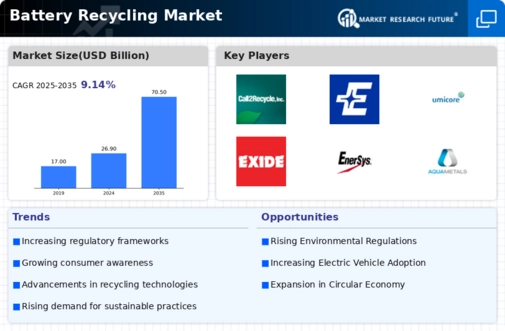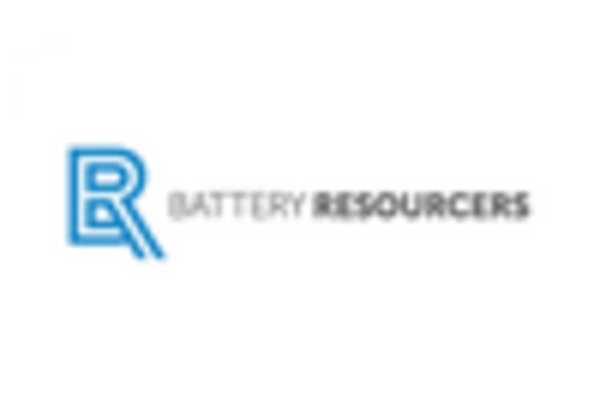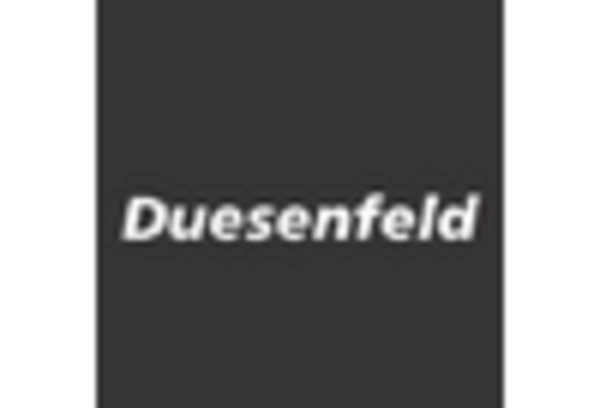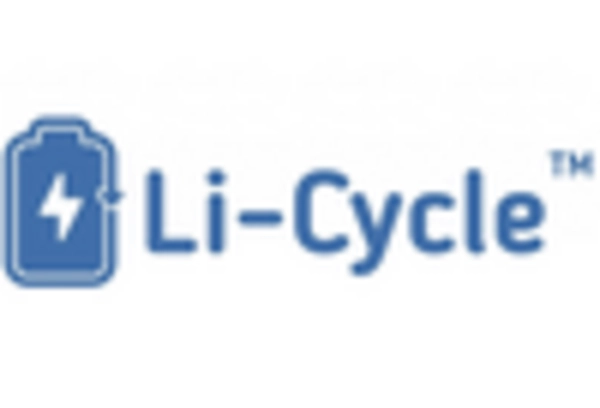July 2023
EVE Energy Co. Ltd. and Li-Cycle Holdings Corp., two of the world's top lithium-ion battery resource recovery firms, are happy to announce that they have signed a memorandum of understanding ("MOU") to work together and investigate lithium-ion battery recycling options for EVE battery materials.
The MOU contains a framework for investigating environmentally sound recycling options for EVE lithium-ion battery components sold in the North American market as well as battery manufacturing waste produced at EVE's upcoming lithium-ion battery cell manufacturing facilities in Malaysia and Hungary. The partnership is anticipated to continue to assist the worldwide electrification revolution as well as EVE's environmental goals through a closed-loop supply solution.
In addition to having a sizable manufacturing footprint for lithium-ion batteries in Asia, EVE has also declared plans to construct its first European battery manufacturing plant in Hungary. This facility will likely supply a significant global automaker with batteries for the creation of electric vehicles. A manufacturing plant for lithium-ion battery cells has also been announced by EVE for Malaysia.
Li-Cycle's advanced Spoke & Hub Technologies make it possible to recycle lithium-ion batteries, battery production waste, and important battery-grade elements like lithium, nickel, and cobalt in a secure and ecologically friendly manner. Li-Cycle's new technologies are positioned as a good recycling option for EVE's capacity to produce battery cells thanks to the total process's small environmental footprint, low direct greenhouse gas emissions, and low wastewater discharge.
July 2023
The recycling start-up Nth Cycle is establishing its first large-scale facility in Fairfield, Ohio, to manufacture a mixture of nickel and cobalt, which are essential components of lithium-ion batteries used to power electric vehicles and smart phones. The method used by Nth Cycle entails soaking the crushed residues of dead batteries in a water-based solution before extracting certain metals using a succession of electrified filters. It also functions with metal scrap, mine debris, and electronic trash.
This report provides and in-depth analysis of battery recycling global market value and provides insights regarding the various factors expected to be prevalent and affect the global battery recycling industry throughout the forecast period taken various market dynamics into consideration.
In order to promote CATL's localization in Europe and develop a sustainable battery value chain in order to help reach global carbon neutrality goals, CATL is pursuing strategic cooperation with local partners in Europe in the areas of cathode active materials and battery recycling.
As a global leader in stored energy solutions for industrial applications, EnerSys (NYSE: ENS) has announced a non-binding Memorandum of Understanding with Verkor SAS, a leading European battery technology company, to explore the development of a gigafactory for lithium batteries in the U.S.
Battery Recycling Market Segment Overview
This battery recycling market analysis report categorizes the market based on chemistry, source, processing state, and region.
By Chemistry
- Lead-acid
- Lithium-based
- Nickel-based
- Others
- Alkaline
- Mercury
- Zinc-carbon
- Zinc-air
By Processing State
- Extraction of material
- Reuse
- repackaging
- second life
- Disposal
By Recycling Process
- Hydrometallurgy
- Pyrometallurgy
- lead acid battery recycling process
- lithium-ion battery recycling process
By Material
- Metals
- electrolytes
- plastics
- others
By Source
- Automotive Batteries
- Industrial Batteries
- Consumer & Electronic Appliance Batteries
By Processing State
- Extraction of Material
- Reuse, Repackaging, & Second Life
- Disposal
By Region
- Asia Pacific
- North America
- Europe
- Middle East & Africa
- South America
Battery Recycling Market Insights - Regional Analysis
The Asia Pacific region will be seen leading the market during the forecast period with the highest projected CAGR. An increase in the demand for electric vehicles and increasing environmental regulations in the APAC countries will be responsible for the growth of the Asia Pacific market. This market will be majorly driven by China, India, Japan, and South Korea.
Europe has always dominated the global recyclable battery market and a majority of its demand comes from countries like the United Kingdom, Germany, and Russia. In fact, Germany has retained its market leader position for lead-acid battery across Europe. Besides domestic consumption, Germany has also remained a regional hotspot for the trade of lead-acid batteries across the world.
The demand for battery cells in an environment friendly Europe is expected to exceed 300 GWh by 2026 – a growth attributable to the swift development in the electrification of transportation solutions owing to the European car OEMs. This will provide a massive boost and drive the market in Europe during the forecast period.

















Leave a Comment